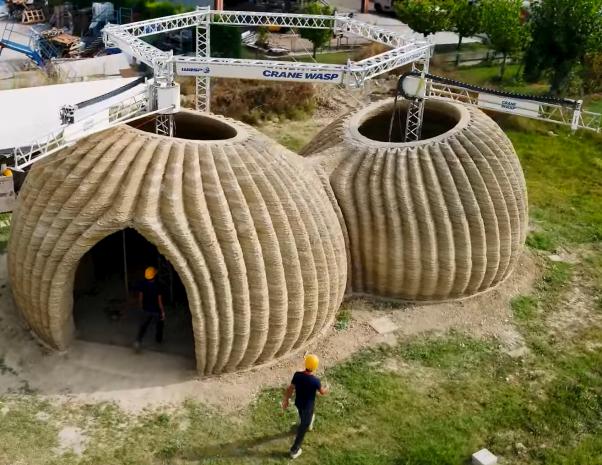
Breaking News
 Thune Moves Forward With 'Nuclear Option' To Confirm Trump's Nominees
Thune Moves Forward With 'Nuclear Option' To Confirm Trump's Nominees
 Father Of Ukrainian Girl Brutally Murdered In US Missed Funeral Due To Martial Law
Father Of Ukrainian Girl Brutally Murdered In US Missed Funeral Due To Martial Law
 The Assassination of Charlie Kirk
The Assassination of Charlie Kirk
 Shell promises 10-minute EV charging with its magical battery fluid
Shell promises 10-minute EV charging with its magical battery fluid
Top Tech News
 Tesla Megapack Keynote LIVE - TESLA is Making Transformers !!
Tesla Megapack Keynote LIVE - TESLA is Making Transformers !!
 Methylene chloride (CH2Cl?) and acetone (C?H?O) create a powerful paint remover...
Methylene chloride (CH2Cl?) and acetone (C?H?O) create a powerful paint remover...
 Engineer Builds His Own X-Ray After Hospital Charges Him $69K
Engineer Builds His Own X-Ray After Hospital Charges Him $69K
 Researchers create 2D nanomaterials with up to nine metals for extreme conditions
Researchers create 2D nanomaterials with up to nine metals for extreme conditions
 The Evolution of Electric Motors: From Bulky to Lightweight, Efficient Powerhouses
The Evolution of Electric Motors: From Bulky to Lightweight, Efficient Powerhouses
 3D-Printing 'Glue Gun' Can Repair Bone Fractures During Surgery Filling-in the Gaps Around..
3D-Printing 'Glue Gun' Can Repair Bone Fractures During Surgery Filling-in the Gaps Around..
 Kevlar-like EV battery material dissolves after use to recycle itself
Kevlar-like EV battery material dissolves after use to recycle itself
 Laser connects plane and satellite in breakthrough air-to-space link
Laser connects plane and satellite in breakthrough air-to-space link
 Lucid Motors' World-Leading Electric Powertrain Breakdown with Emad Dlala and Eric Bach
Lucid Motors' World-Leading Electric Powertrain Breakdown with Emad Dlala and Eric Bach
 Murder, UFOs & Antigravity Tech -- What's Really Happening at Huntsville, Alabama's Space Po
Murder, UFOs & Antigravity Tech -- What's Really Happening at Huntsville, Alabama's Space Po
World's First 3D-Printed House Made Of Local Raw Earth – And it Closes the Roof With a Dome

Like the industrious wasps, the houses are made using the clay from wherever they are being built, which also means if they have to be knocked down, the only waste is the plumbing, gas, and electrical components.
Mario Cucinella Architects in Bologna maintains that "the idea of the city must be challenged" and their contender is a modular-series of clay pods not out of place inside the Great Enclosure in Zimbabwe.
The method is called TECLA, short for technology and clay, co-developed by Cucinella with help from another company called WASP, which specialize in 3D-printing solutions.
Their modular design utilizes two 3D-printing arms at once to create two domed spaces out of 350 layers of undulating clay and rice chaff as insulation, similar to the traditional building methods of the Moroccan Kasbah. The goal is to be totally off-grid, and the design and durability can be modified according to climate and local challenges.
Cucinella lost the opportunity to call the project "circadian cupulas," as one is designed for the day, with a large circular skylight and door letting in plenty of natural light, and another one for night, with a smaller, warmer, enclosed setting under a smaller window.
Treehugger says the idea is that Cucinella Architects will make these cupulas as self-sustaining eco-communities, both for the outskirts of urban areas, and for developing countries through WASP's contribution of a sort of DIY-version of the houses.



